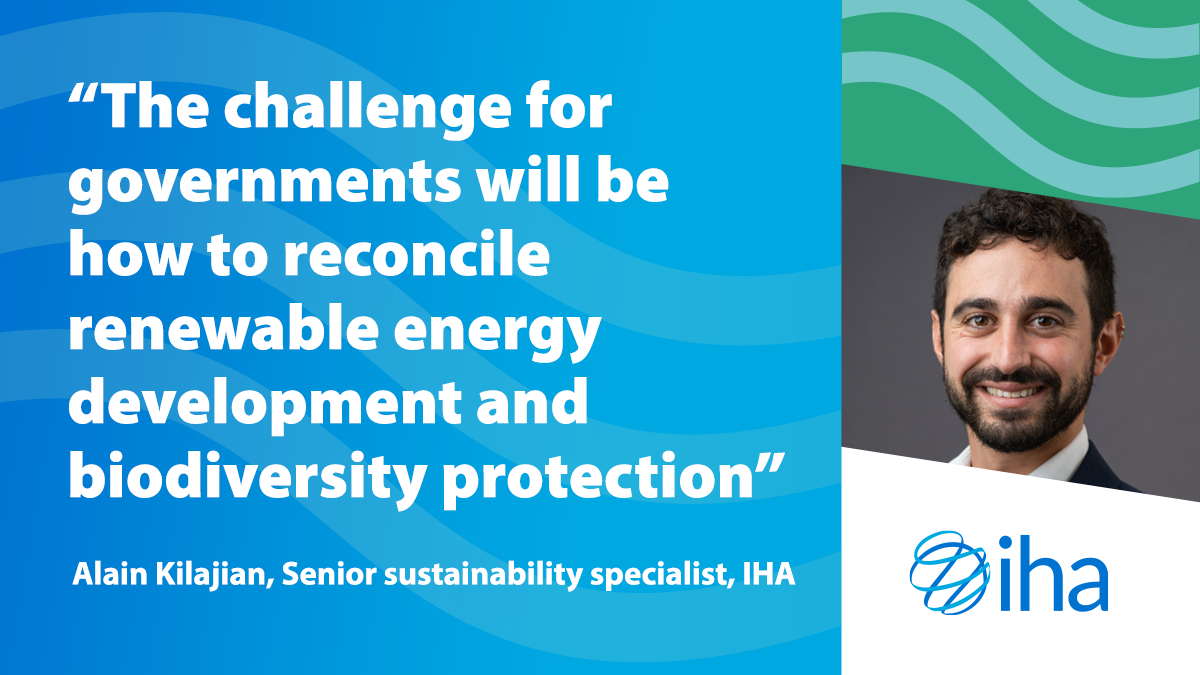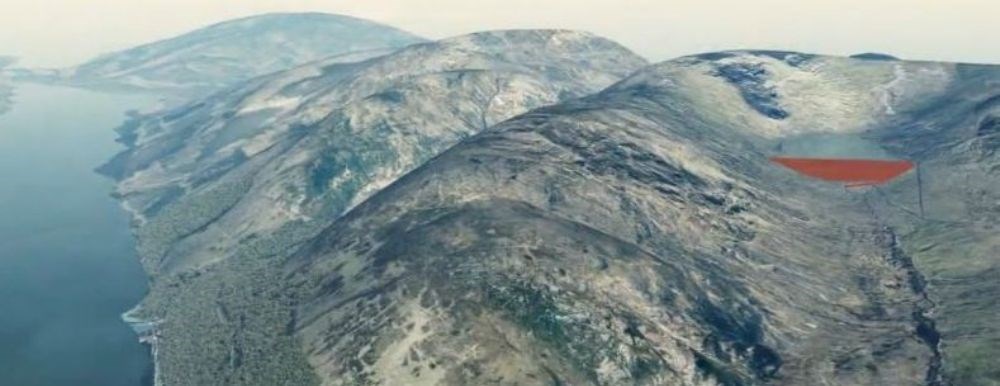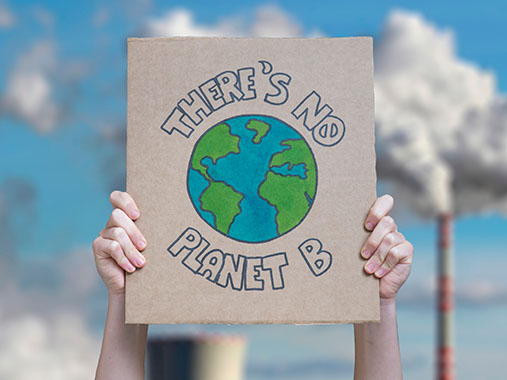Solar energy with pumped storage hydro in Nepal
In Nepal, solar power with support from pumped storage hydropower can deliver 100% renewable energy, according to Sunil Prasad Lohani from Kathmandu University and Andrew Blakers from Australian National University.
Solar energy in Nepal is abundant and cheap. There is more than enough solar for every Nepali to enjoy the same energy consumption as in developed countries, but without burning any fossil fuels.
The solar potential in Nepal is 50,000 terawatt-hours per year, which is 100 times larger than its hydro resource and 7,000 times larger than its current electricity consumption. Growth in the solar power sector however requires balancing and storage services such as those provided by pumped storage hydropower.

In a recent article published in Clean Energy journal, entitled ‘100% renewable energy with pumped-hydro-energy storage in Nepal’, we outline how the country can meet its energy needs from solar PV and how off-river pumped hydro presents a vast, low-cost, mature storage opportunity.
Pumped hydro energy storage is far cheaper than batteries, hydrogen or other storage technologies for overnight and longer-term storage, which is why it has 95 per cent of the global storage market.
According to the Global Pumped Hydro Atlas, Nepal has 2,800 good storage sites, which is 50 times more than needed even after Nepal catches up with the developed countries. Importantly, none of these sites requires any rivers to be dammed, which eliminates a high potential environmental and social cost.

Most of the major economies around the world have pledged to reach zero greenhouse emissions by 2050. This requires the solar industry to become 30 times larger during the 2020s. Because of this massive scale-up, the price of solar panels will halve again, and the cost of solar energy in Nepal will decline far below any other energy source.
Over the next 50 years, Nepal will need to install 200 watts of solar panels per person each year (about one square meter of panel per person per year). This is a similar deployment speed as is current in Australia, where deployment of solar and wind systems is driving down the cost of electricity.
The area of solar panels required to match the energy consumption per person in developed countries, but with zero fossil fuels (electrification of nearly all energy services) is 40 square metres per person with a nominal power capacity of about 10 kilowatts. Some of this solar panel area can be located on rooftops, while most will be co-located with agriculture.
According to the Intergovernmental Panel on Climate Change, to limit global warming to 1.5 degrees Celsius, rapid reductions in greenhouse emissions are required. Because solar energy is so cheap, developing countries such as Nepal can bypass a fossil fuel era and transition directly to zero emissions.
Balancing high levels of variable solar energy over every hour of every year is straightforward when combined with storage via off-river pumped hydro energy storage and batteries, allowing the daily solar cycle to be accommodated. Nepal will need 50 Gigawatts of storage power and several Terawatt-hours of storage energy, most of which can be provided by off-river pumped hydro storage.
Andrew Blakers is a Professor at the Australian National University and Sunil Lohani is an Associate Professor at Kathmandu University
IHA welcomes blog articles from a wide variety of hydropower stakeholders. The opinions expressed in our Blog do not necessarily represent the views of our association. If you would like to submit an article for consideration please contact communications@hydropower.org




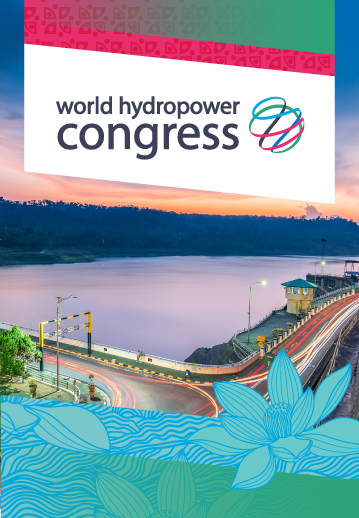


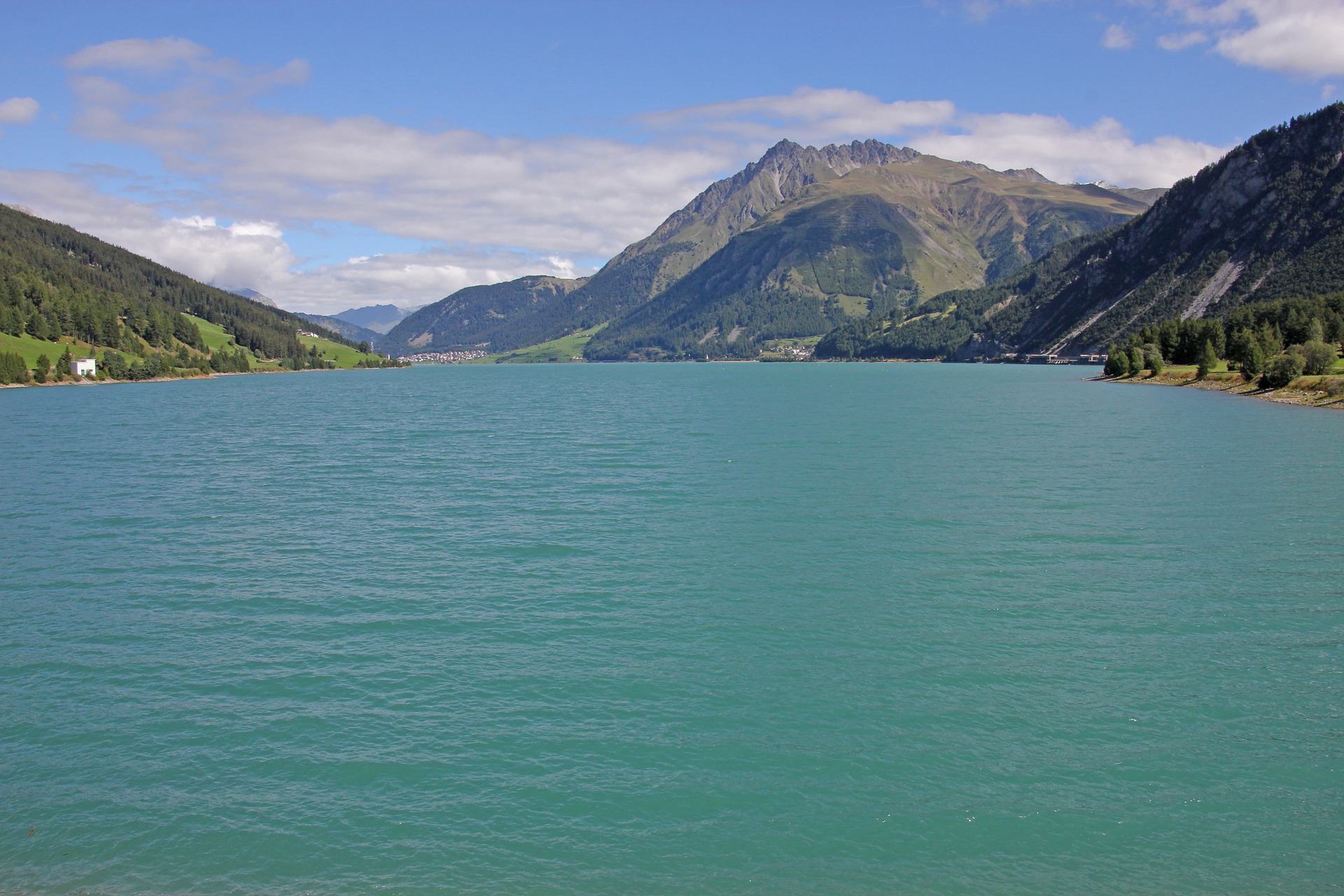
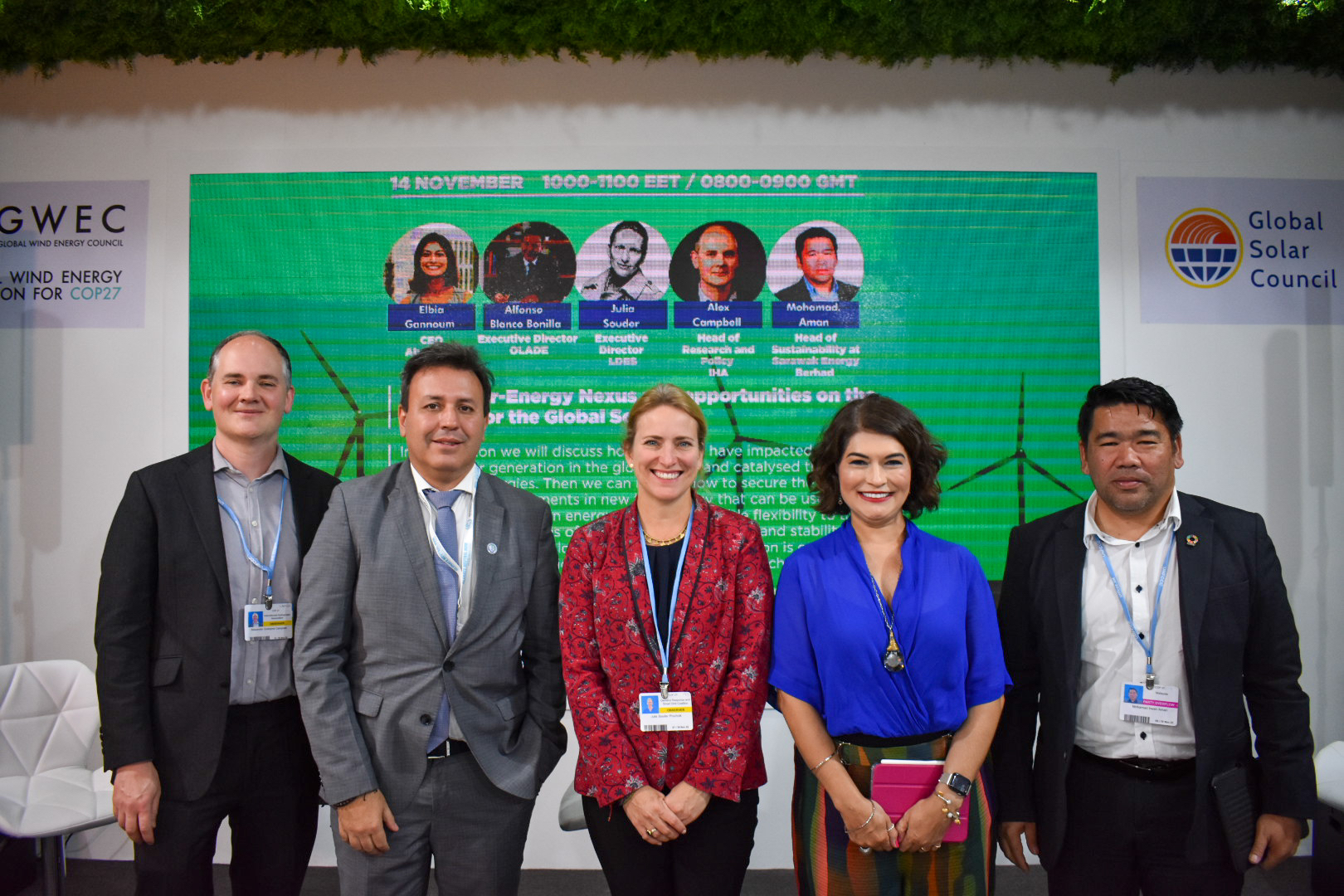
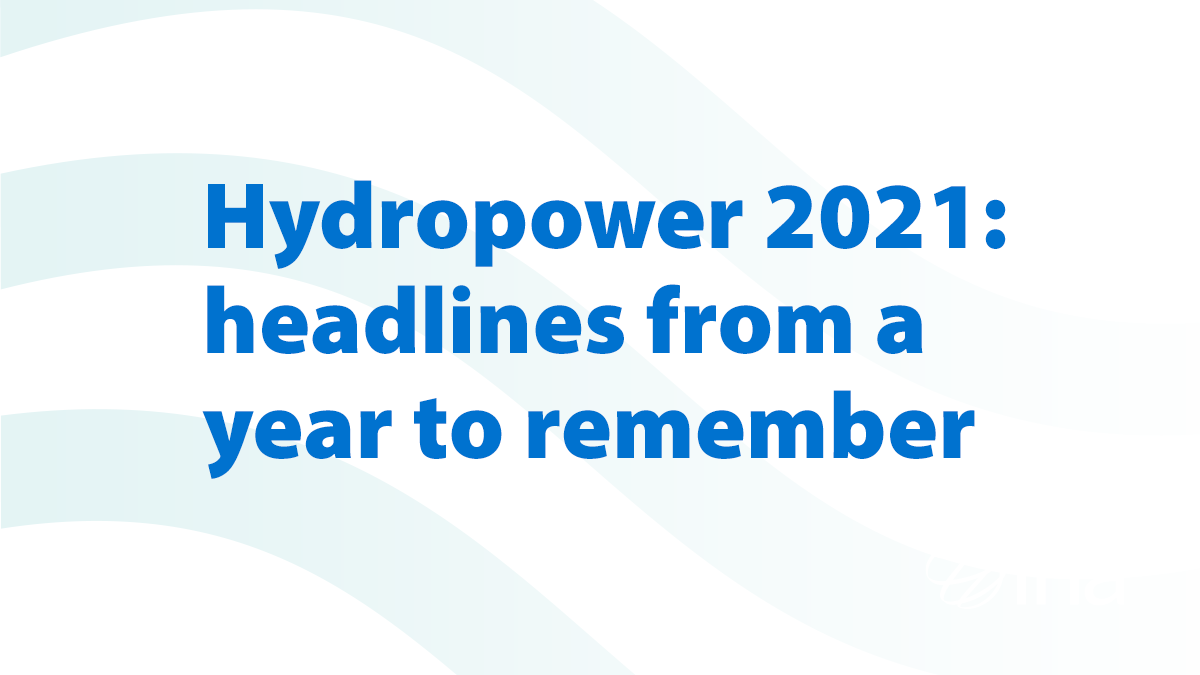
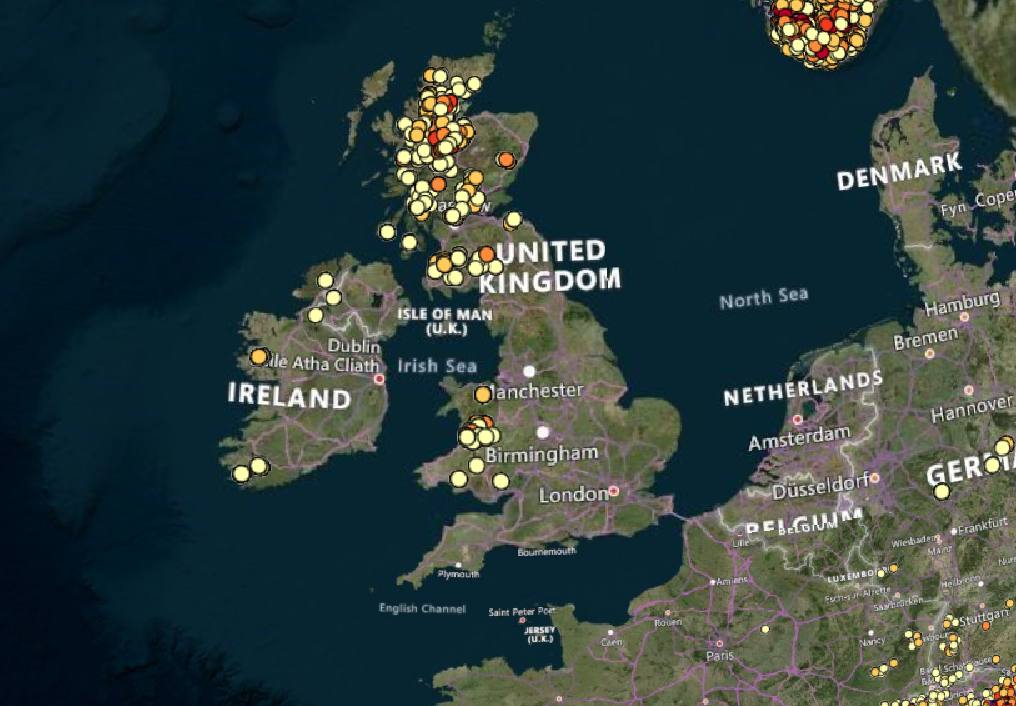
.png)
